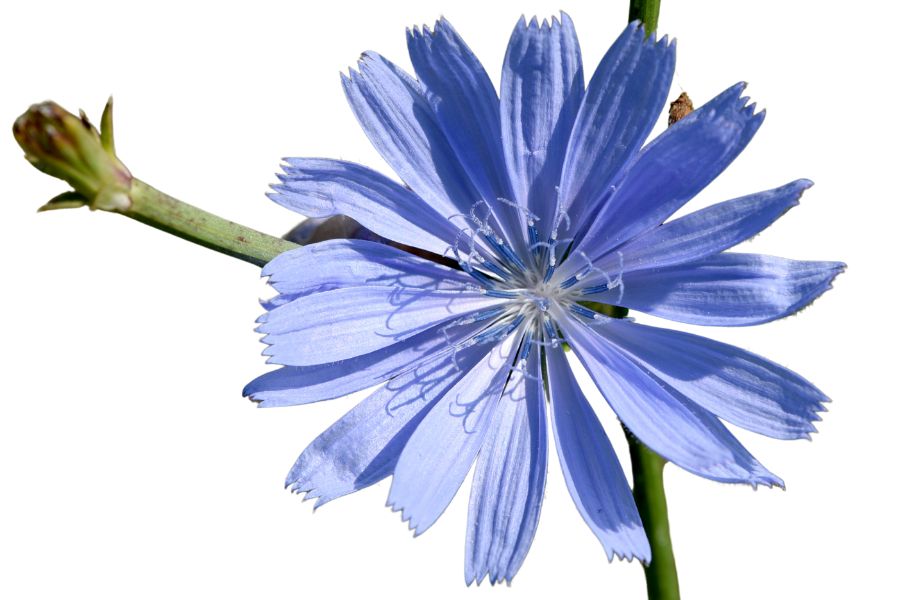Connecticut’s mix of hardwood forests and open scrublands creates ideal conditions for some of the most sought-after forageables in the region.
Morels fruit in spring near dying elms and old apple orchards, and their value alone makes the search worth it. Wild strawberries sometimes grow nearby, tiny but bursting with flavor.
As fall approaches, maitake clusters at the base of oak trees, heavy and dense. Chicken of the woods can appear around the same time, its bright color standing out against damp logs. These mushrooms are not just edible—they’re choice.
From roots to nuts to seasonal fungi, Connecticut offers a wealth of valuable plants for those who know where to look.
With just a little guidance, your next walk in the woods could yield a far greater variety of edible treasures than you might expect.
What We Cover In This Article:
- What Makes Foreageables Valuable
- Foraging Mistakes That Cost You Big Bucks
- The Most Valuable Forageables in the State
- Where to Find Valuable Forageables in the State
- When to Forage for Maximum Value
- The extensive local experience and understanding of our team
- Input from multiple local foragers and foraging groups
- The accessibility of the various locations
- Safety and potential hazards when collecting
- Private and public locations
- A desire to include locations for both experienced foragers and those who are just starting out
Using these weights we think we’ve put together the best list out there for just about any forager to be successful!
A Quick Reminder
Before we get into the specifics about where and how to find these plants and mushrooms, we want to be clear that before ingesting any wild plant or mushroom, it should be identified with 100% certainty as edible by someone qualified and experienced in mushroom and plant identification, such as a professional mycologist or an expert forager. Misidentification can lead to serious illness or death.
All plants and mushrooms have the potential to cause severe adverse reactions in certain individuals, even death. If you are consuming wild foragables, it is crucial to cook them thoroughly and properly and only eat a small portion to test for personal tolerance. Some people may have allergies or sensitivities to specific mushrooms and plants, even if they are considered safe for others.
The information provided in this article is for general informational and educational purposes only. Foraging involves inherent risks.
What Makes Foreageables Valuable
Some wild plants, mushrooms, and natural ingredients can be surprisingly valuable. Whether you’re selling them or using them at home, their worth often comes down to a few key things:
The Scarcer the Plant, the Higher the Demand
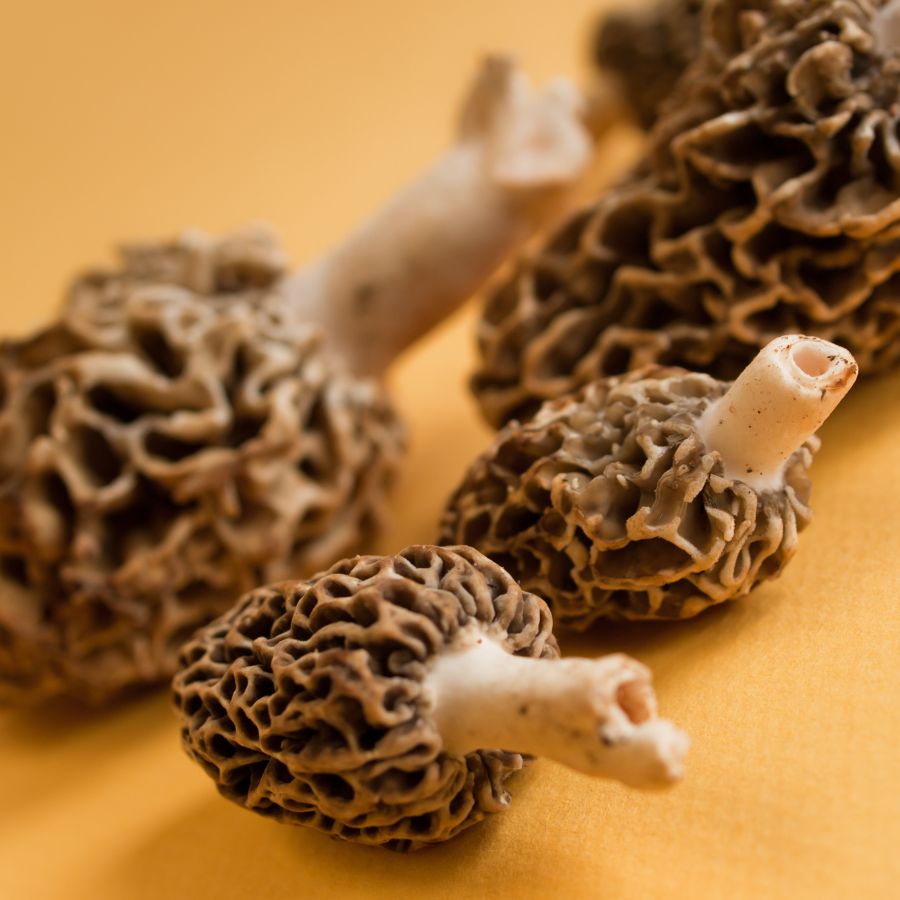
Some valuable forageables only show up for a short time each year, grow in hard-to-reach areas, or are very difficult to cultivate. That kind of rarity makes them harder to find and more expensive to buy.
Morels, truffles, and ramps are all good examples of this. They’re popular, but limited access and short growing seasons mean people are often willing to pay more.
A good seasonal foods guide can help you keep track of when high-value items appear.
High-End Dishes Boost the Value of Ingredients
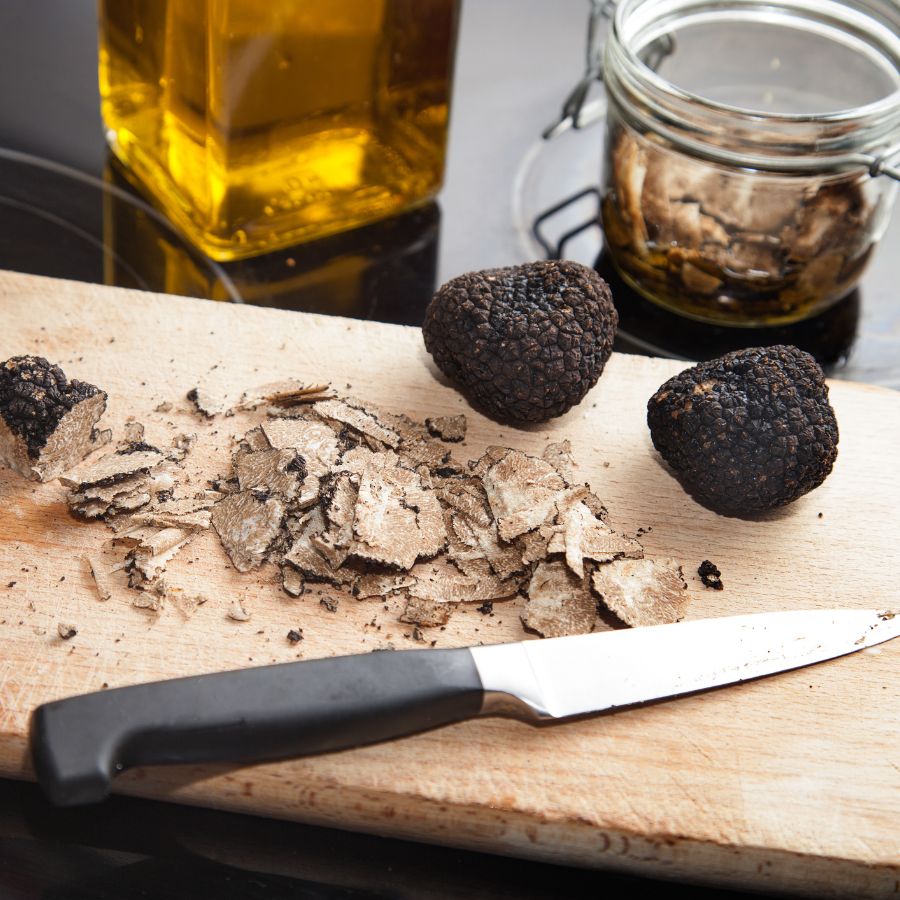
Wild ingredients that are hard to find in stores often catch the attention of chefs and home cooks. When something unique adds flavor or flair to a dish, it quickly becomes more valuable.
Truffles, wild leeks, and edible flowers are prized for how they taste and look on a plate. As more people try to include them in special meals, the demand—and the price—tends to rise.
You’ll find many of these among easy-to-identify wild mushrooms or herbs featured in fine dining.
Medicinal and Practical Uses Drive Forageable Prices Up
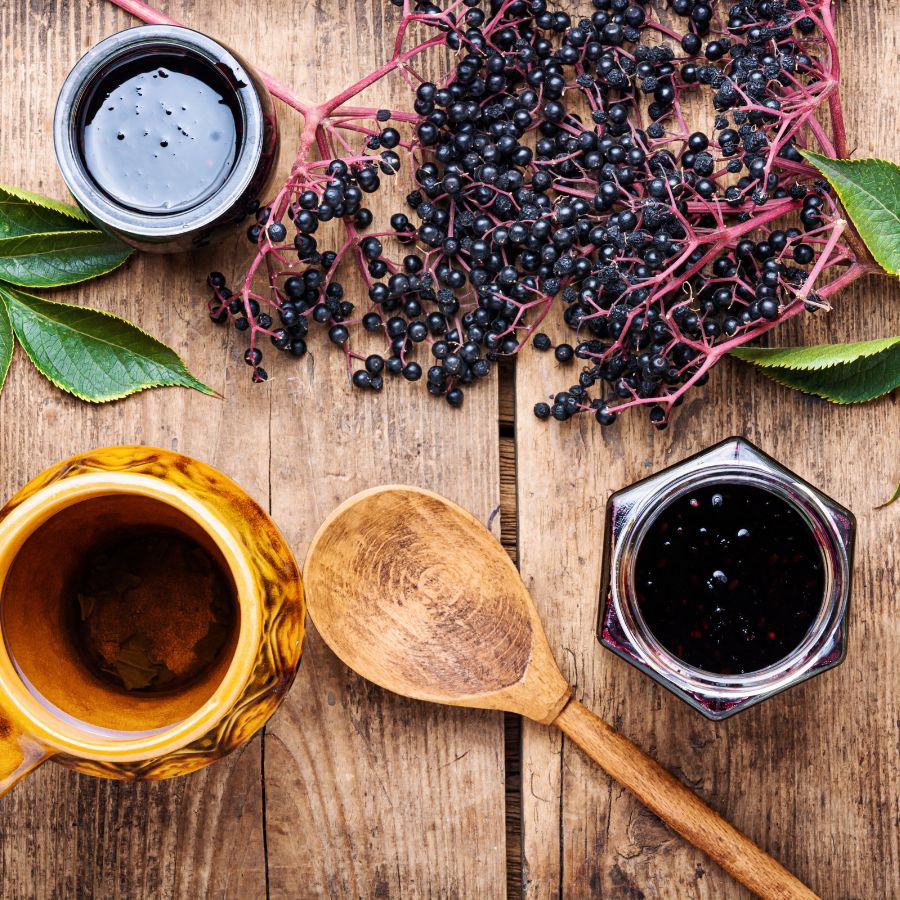
Plants like ginseng, goldenseal, and elderberries are often used in teas, tinctures, and home remedies. Their value comes from how they support wellness and are used repeatedly over time.
These plants are not just ingredients for cooking. Because people turn to them for ongoing use, the demand stays steady and the price stays high.
The More Work It Takes to Harvest, the More It’s Worth
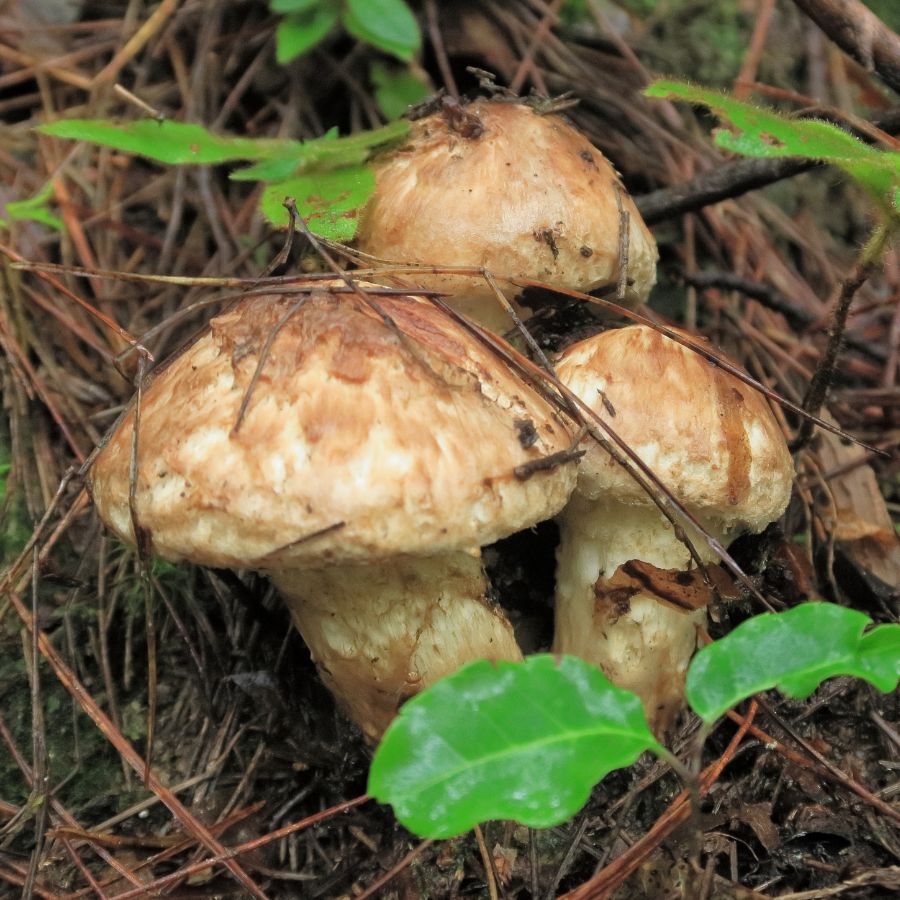
Forageables that are hard to reach or tricky to harvest often end up being more valuable. Some grow in dense forests, need careful digging, or have to be cleaned and prepared before use.
Matsutake mushrooms are a good example, because they grow in specific forest conditions and are hard to spot under layers of leaf litter. Wild ginger and black walnuts, meanwhile, both require extra steps for cleaning and preparation before they can be used or sold.
All of that takes time, effort, and experience. When something takes real work to gather safely, buyers are usually willing to pay more for it.
Foods That Keep Well Are More Valuable to Buyers
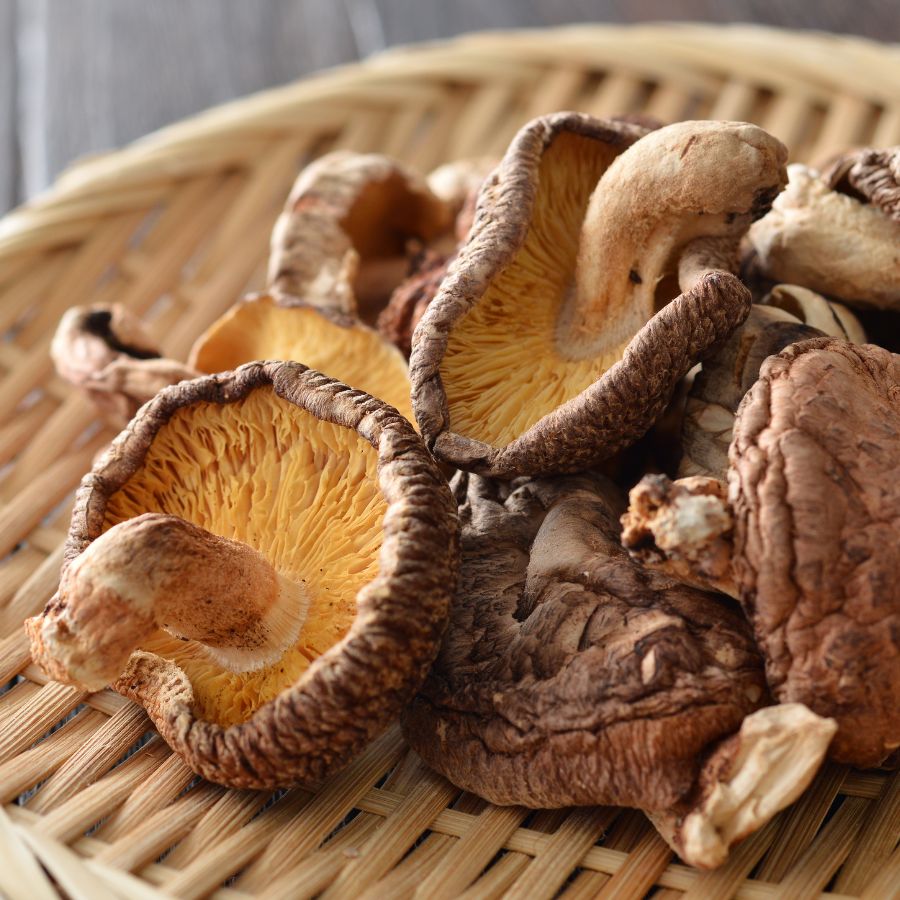
Some forageables, like dried morels or elderberries, can be stored for months without losing their value. These longer-lasting items are easier to sell and often bring in more money over time.
Others, like wild greens or edible flowers, have a short shelf life and need to be used quickly. Many easy-to-identify wild greens and herbs are best when fresh, but can be dried or preserved to extend their usefulness.
A Quick Reminder
Before we get into the specifics about where and how to find these mushrooms, we want to be clear that before ingesting any wild mushroom, it should be identified with 100% certainty as edible by someone qualified and experienced in mushroom identification, such as a professional mycologist or an expert forager. Misidentification of mushrooms can lead to serious illness or death.
All mushrooms have the potential to cause severe adverse reactions in certain individuals, even death. If you are consuming mushrooms, it is crucial to cook them thoroughly and properly and only eat a small portion to test for personal tolerance. Some people may have allergies or sensitivities to specific mushrooms, even if they are considered safe for others.
The information provided in this article is for general informational and educational purposes only. Foraging for wild mushrooms involves inherent risks.
Foraging Mistakes That Cost You Big Bucks
When you’re foraging for high-value plants, mushrooms, or other wild ingredients, every decision matters. Whether you’re selling at a farmers market or stocking your own pantry, simple mistakes can make your harvest less valuable or even completely worthless.
Harvesting at the Wrong Time
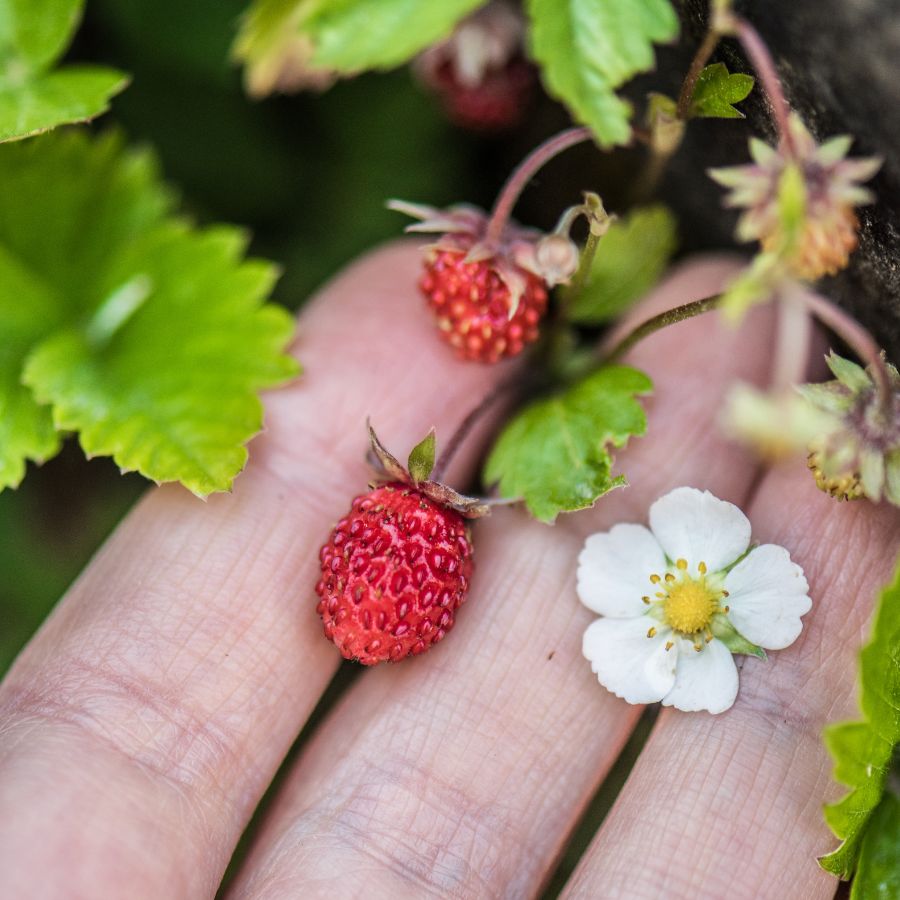
Harvesting at the wrong time can turn a valuable find into something no one wants. Plants and mushrooms have a short window when they’re at their best, and missing it means losing quality.
Morels, for example, shrink and dry out quickly once they mature, which lowers their weight and price. Overripe berries bruise in the basket and spoil fast, making them hard to store or sell.
Improper Handling After Harvest
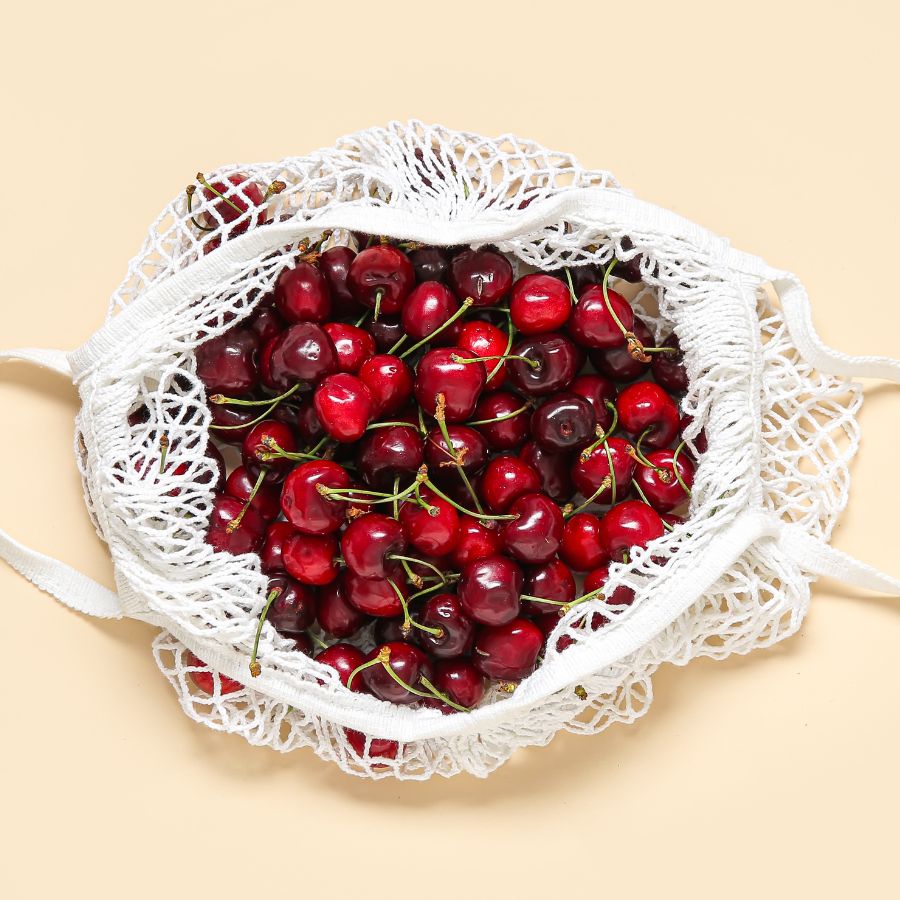
Rough handling can ruin even the most valuable forageables. Crushed mushrooms, wilted greens, and dirty roots lose both their appeal and their price.
Use baskets or mesh bags to keep things from getting smashed and let air circulate. Keeping everything cool and clean helps your harvest stay fresh and look better for longer.
This is especially important for delicate items like wild roots and tubers that need to stay clean and intact.
Skipping Processing Steps
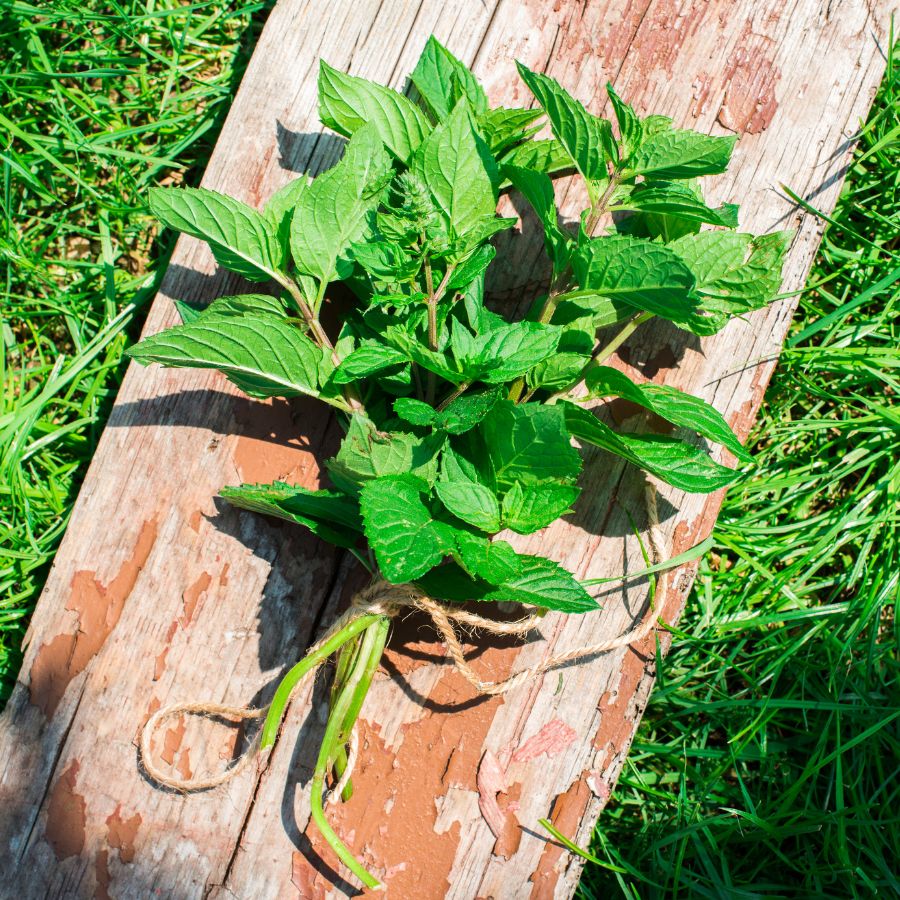
Skipping basic processing steps can cost you money. A raw harvest may look messy, spoil faster, or be harder to use.
For example, chaga is much more valuable when dried and cut properly. Herbs like wild mint or nettle often sell better when bundled neatly or partially dried. If you skip these steps, you may end up with something that looks unappealing or spoils quickly.
Collecting from the Wrong Area
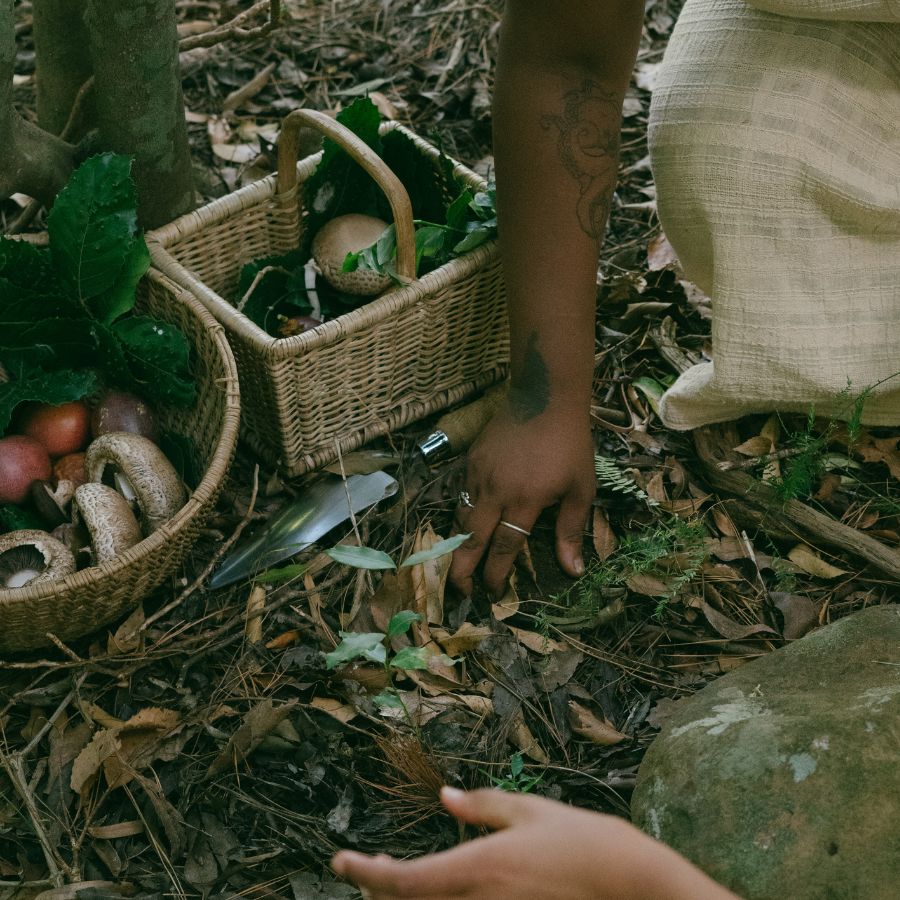
Harvesting in the wrong place can ruin a good find. Plants and mushrooms pulled from roadsides or polluted ground may be unsafe, no matter how fresh they look.
Buyers want to know their food comes from clean, responsible sources. If a spot is known for overharvesting or damage, it can make the whole batch less appealing.
These suburbia foraging tips can help you find overlooked spots that are surprisingly safe and productive.
Not Knowing the Market
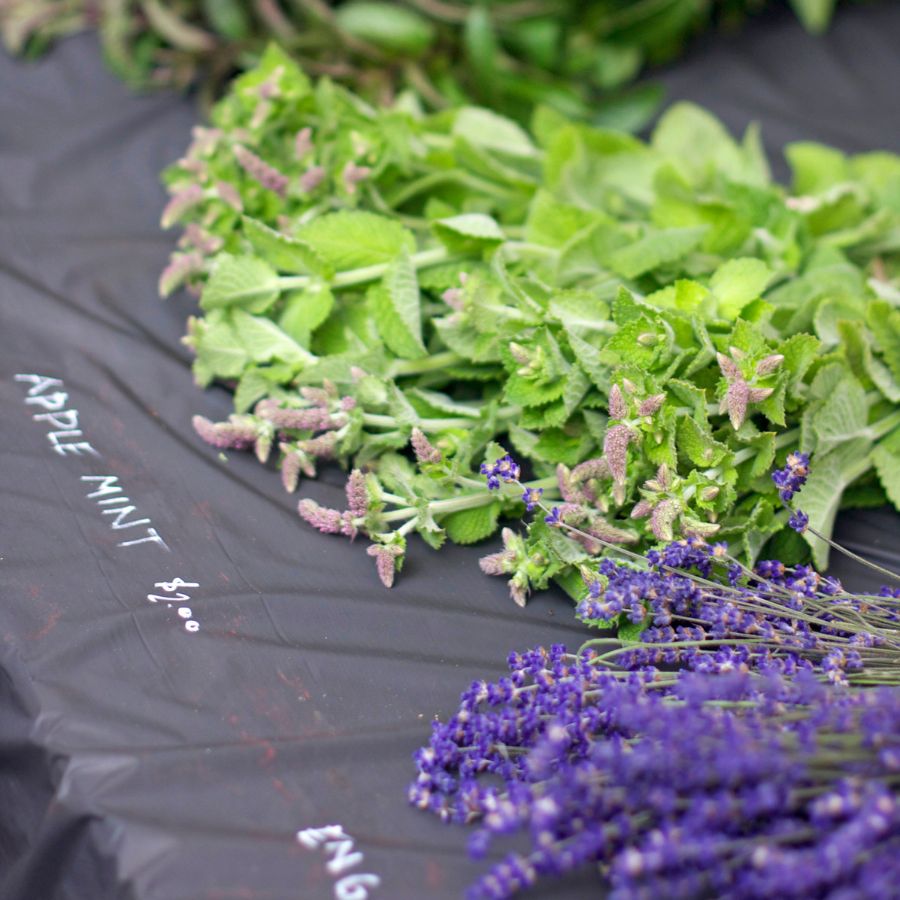
A rare plant isn’t valuable if nobody wants to buy it. If you gather in-demand species like wild ramps or black trumpets, you’re more likely to make a profit. Pay attention to what chefs, herbalists, or vendors are actually looking for.
Foraging with no plan leads to wasted effort and unsold stock. Keeping up with demand helps you bring home a profit instead of a pile of leftovers.
You can also brush up on foraging for survival strategies to identify the most versatile and useful wild foods.
Before you head out
Before embarking on any foraging activities, it is essential to understand and follow local laws and guidelines. Always confirm that you have permission to access any land and obtain permission from landowners if you are foraging on private property. Trespassing or foraging without permission is illegal and disrespectful.
For public lands, familiarize yourself with the foraging regulations, as some areas may restrict or prohibit the collection of mushrooms or other wild foods. These regulations and laws are frequently changing so always verify them before heading out to hunt. What we have listed below may be out of date and inaccurate as a result.
The Most Valuable Forageables in the State
Some of the most sought-after wild plants and fungi here can be surprisingly valuable. Whether you’re foraging for profit or personal use, these are the ones worth paying attention to:
Ramp (Allium tricoccum)
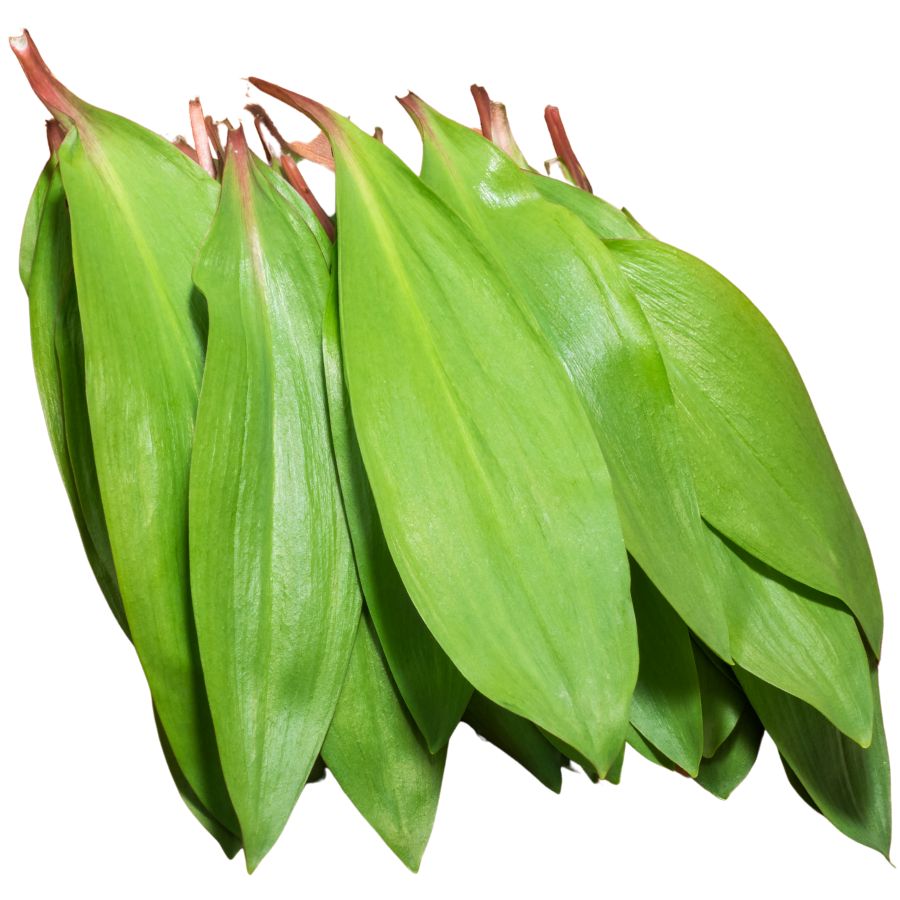
Ramps, often called wild garlic or wild leeks, are a flavorful edible plant prized by chefs and foragers alike. The plant has two or three wide green leaves, a reddish lower stem, and a white bulb with a strong onion-garlic aroma.
Toxic lookalikes like lily of the valley can confuse inexperienced foragers, but ramps always smell distinctly like onion when the leaves are torn. That scent is the easiest and most reliable clue for identification.
Cooks love using ramps in simple sautés, potato dishes, or blended into compound butters. The texture is soft and silky when cooked, while the raw bulbs offer a strong bite.
Their popularity in high-end cooking has made them one of the most expensive wild greens sold in markets. Because entire plants are often pulled for their bulbs, overharvesting has made sustainably gathered ramps even more valuable.
Ostrich Fern Fiddleheads (Matteuccia struthiopteris)
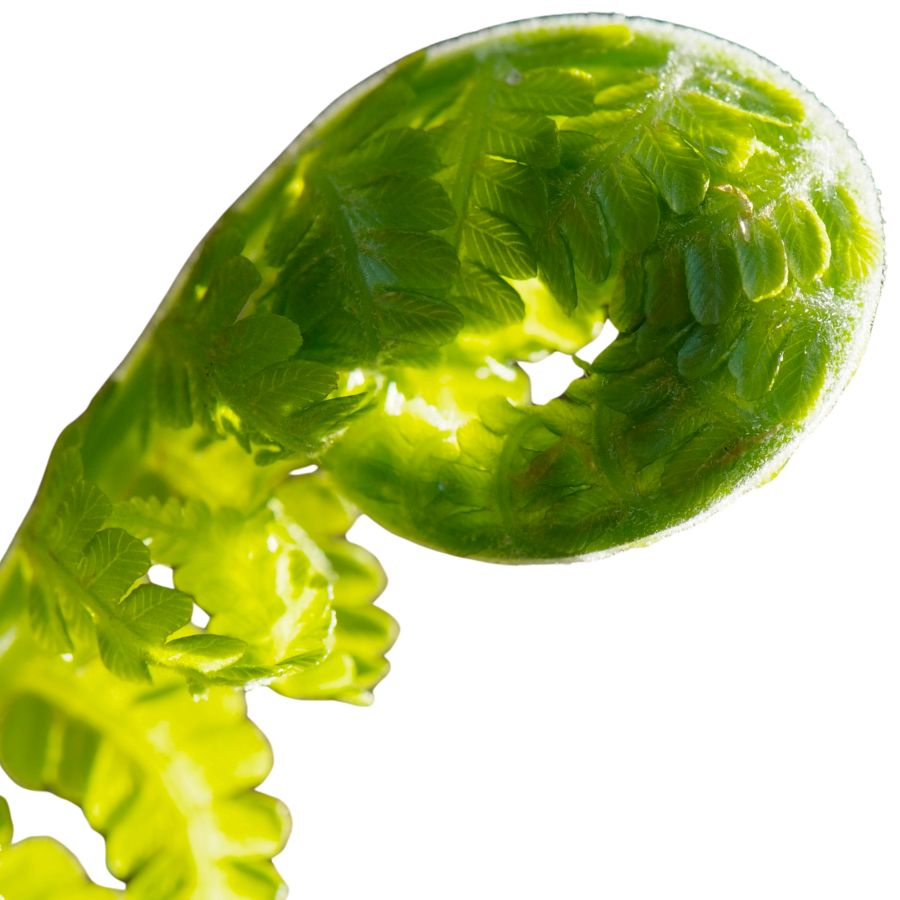
Ostrich fern fiddleheads, also referred to as fiddlehead greens or shuttlecock ferns, grow in tight green spirals that are eaten while still curled. Only the young shoots are edible and the rest of the plant should be left alone.
People often compare the flavor to a mix of spinach and asparagus, and the texture stays firm when cooked properly. The most common way to prepare them is by boiling or steaming, followed by a quick pan-fry.
These ferns are especially valuable to foragers and farmers’ markets because of how sought after they are in spring produce sales. A pound of fresh fiddleheads can sell for twenty dollars or more.
Lookalikes include bracken and lady fern, which can be toxic or cause digestive problems. Ostrich ferns have smooth green stalks and no fuzzy coating, unlike many of their less-safe counterparts.
Elderberry (Sambucus canadensis)
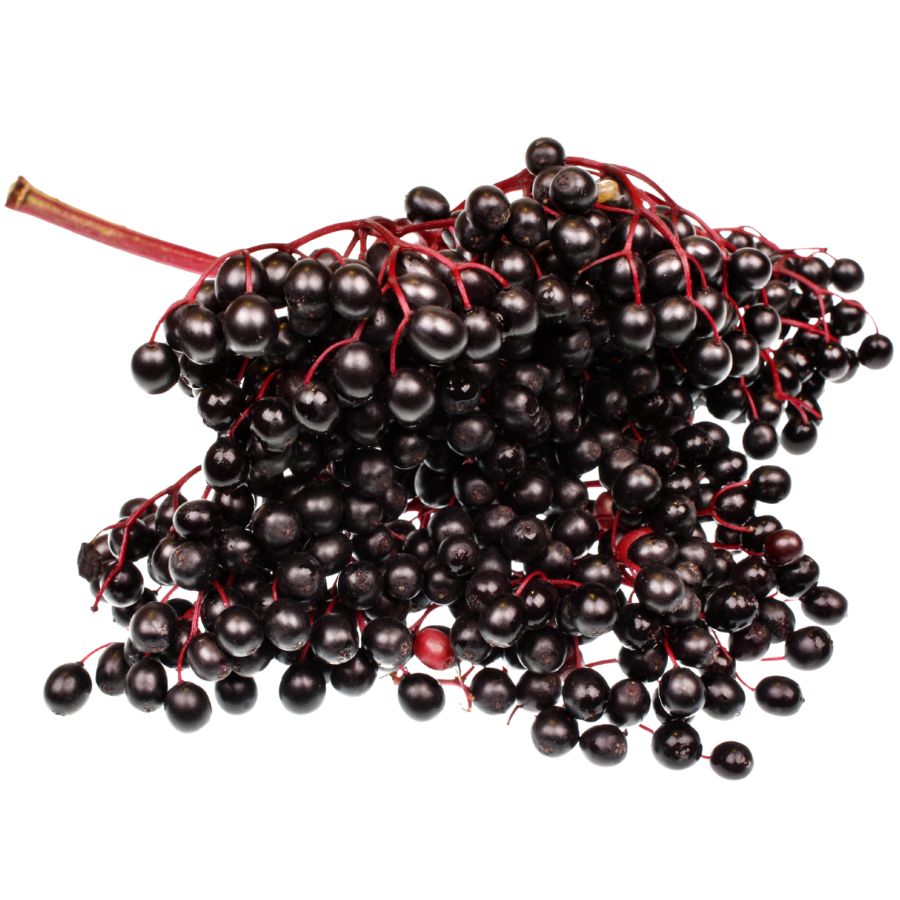
For centuries, elderberries have been gathered not just for food, but for making home remedies prized across the Southwest. Also called Mexican elder and tapiro, elderberry grows as a sprawling bush or small tree with clusters of tiny white flowers that turn into dusty blue-black berries.
There are toxic lookalikes you need to watch for, especially red elderberry, which has round clusters of bright red fruit. Elderberries grow in flatter, broader clusters and have a softer, more powdery appearance when ripe.
The berries have a deep, earthy flavor with a tart edge, and are usually cooked into jams, syrups, and baked goods to bring out their richness.
Make sure to avoid eating the raw berries, seeds, bark, or leaves because they can cause nausea unless they are properly cooked.
This plant stays valuable because the berries are used heavily in teas, tinctures, and syrups that people rely on for wellness, driving steady demand. Elderberries can also be dried and stored for months, making it even more profitable compared to foods that spoil quickly.
Black Walnut (Juglans nigra)
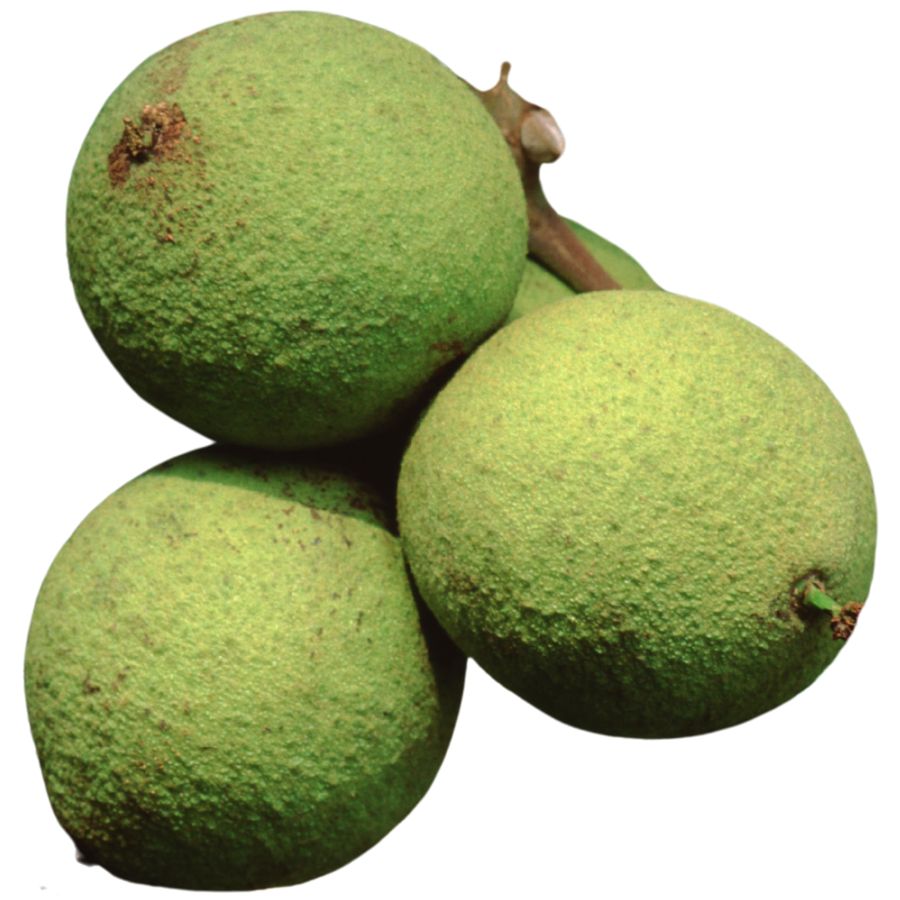
Black walnut grows a nut that’s prized for its strong, musky flavor and crunchy texture. The inner shell is extremely hard and often needs to be cracked with a vise or hammer to reach the oily, wrinkled seed inside.
Its nuts are most often roasted, chopped into desserts, or used in meat rubs and dressings. They’re also one of the few foraged tree nuts that can be stored long-term with very little processing.
The outer green husks leave a dark stain when bruised or broken open, and the nut itself is hidden inside a thick shell. While the fruit of the tree may resemble buckeye at first glance, black walnut leaves have a different shape and pattern, and buckeye seeds are toxic.
Prices stay high because harvesting takes time and experience, and the trees don’t lend themselves easily to large-scale production. Foragers and specialty food makers often pay a premium for wild black walnuts with intense flavor.
Chanterelle (Cantharellus cibarius)
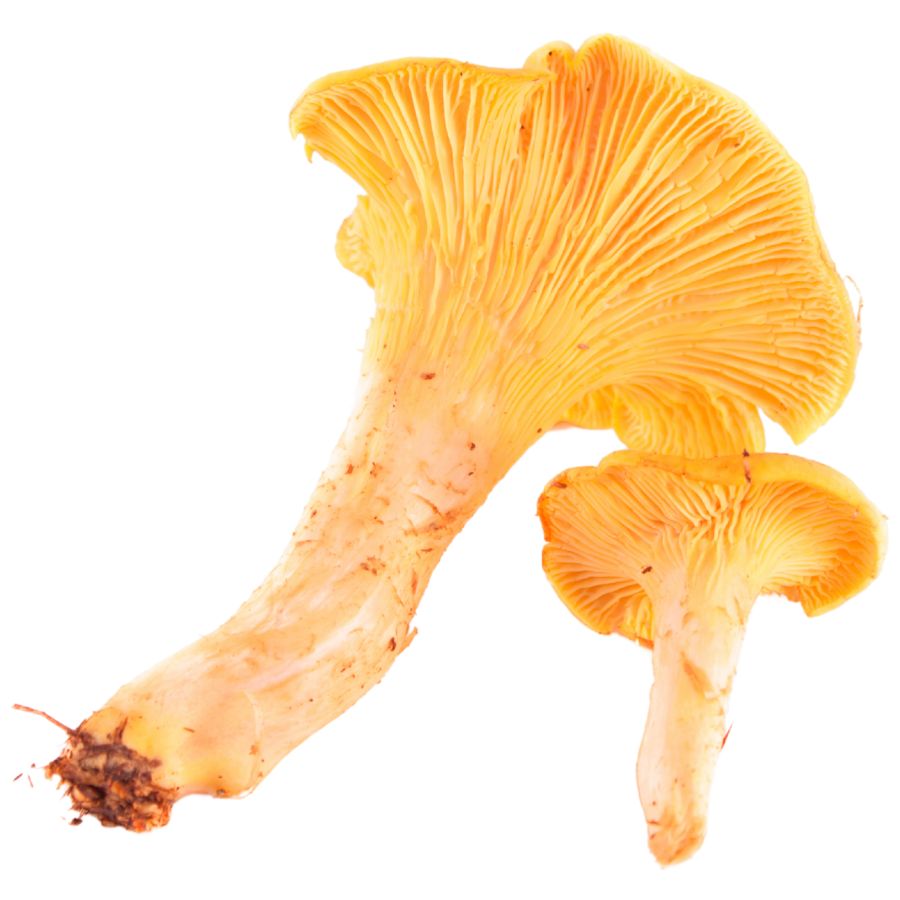
Golden chanterelles, also called egg mushrooms or girolles, are funnel-shaped and usually a bright yellow-orange with false gills that appear as deep, forked wrinkles. They have a fruity smell, almost like apricots, and a dense, meaty texture when cooked.
The part you want is the whole cap and stem, both of which soften nicely in butter or cream-based dishes. Their flavor is rich and peppery, which makes them popular in risottos, sautés, and soups.
A common lookalike is the jack-o’-lantern mushroom, which glows faintly in the dark and has true gills instead of shallow ridges. That one will give you stomach cramps, so pay close attention to the gill structure and color.
Fresh chanterelles can sell for over $20 per pound at farmers markets and restaurants, especially when demand is high. Their shelf life is short, but you can extend it by drying or pickling them soon after harvest.
Maitake (Grifola frondosa)
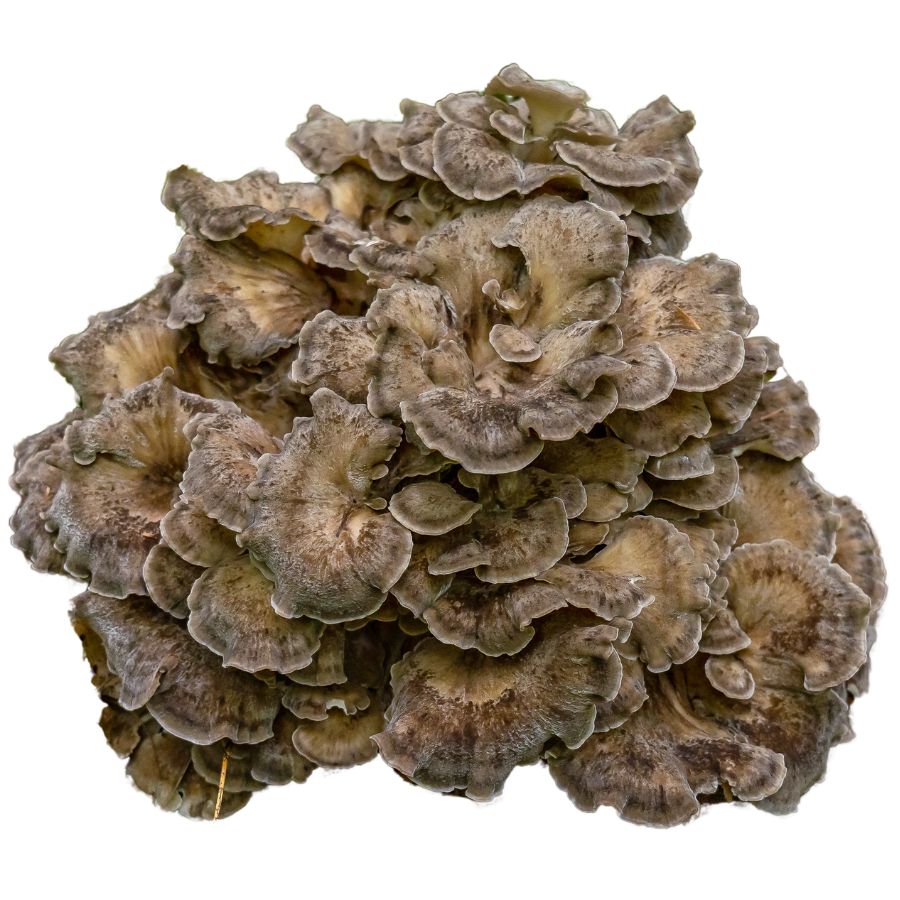
If you’ve ever found a large, leafy-looking mushroom near the base of an oak tree, it might’ve been maitake, also called hen of the woods. The lobes are soft, fan-shaped, and usually grow in a layered cluster that looks like brown petals.
Its flavor is strong and savory, and people often roast or fry it to bring out its concentrated taste. It’s firm when cooked, not spongy, and works well in grain bowls, stews, or simply on its own.
The whole fruiting body is edible, but the base can be fibrous and tough, so most people trim that part away.
While maitake does have a few lookalikes, like the umbrella polypore, most of them are thicker and less delicate in texture.
Fresh wild maitake can fetch high prices at specialty markets, and its shelf life improves dramatically when dehydrated. For those who forage or cook professionally, it’s one of the more valuable mushrooms to find.
Morel (Morchella americana)
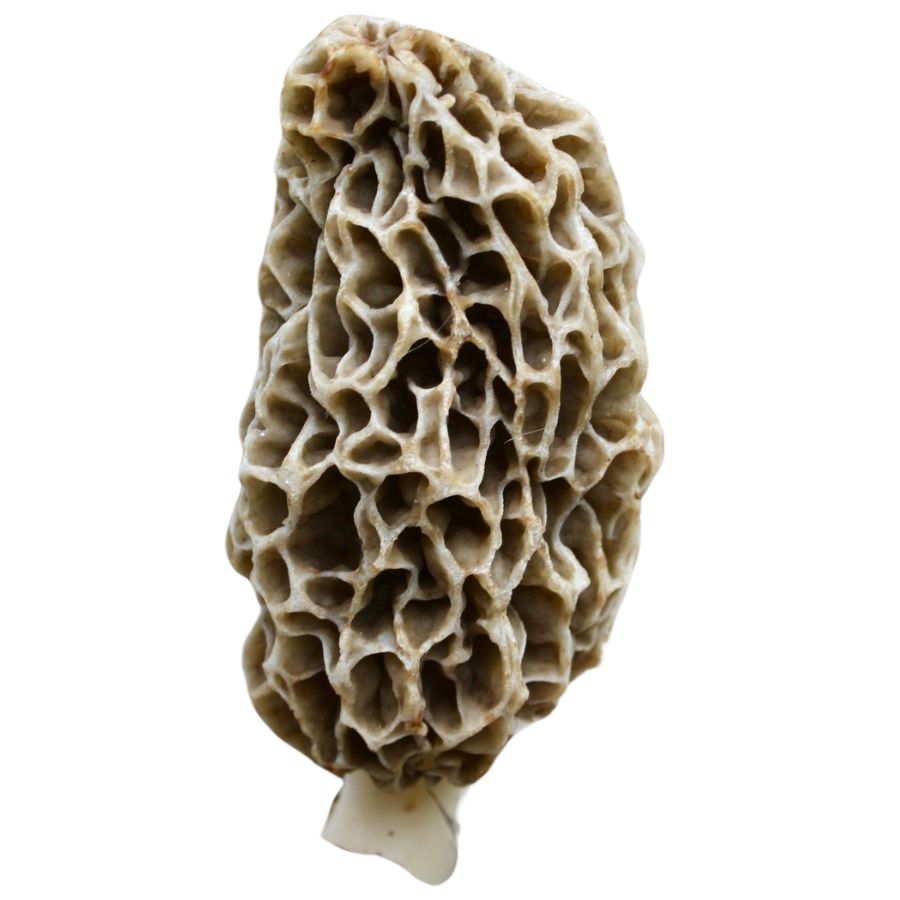
Morel mushrooms have a honeycomb-like surface with deep pits and ridges. The cap is fully attached to the stem, which helps set them apart from dangerous lookalikes like false morels that often have wrinkled, lobed caps and loose or cottony interiors.
The rich, nutty flavor and slightly chewy texture make morels a favorite in high-end kitchens. Many people sauté them in butter, stuff them, or dry them for later use because they hold their flavor extremely well.
Always cook morels thoroughly because raw ones can cause stomach upset, even when they look perfectly normal.
Morels are highly prized by chefs and home cooks, sometimes selling for over $50 per pound fresh and even more when dried.
Part of what makes morels so valuable is how hard they are to cultivate and find. They often grow in specific, unpredictable places, and their short harvesting window drives up both the demand and the price.
Beech Nut (Fagus grandifolia)
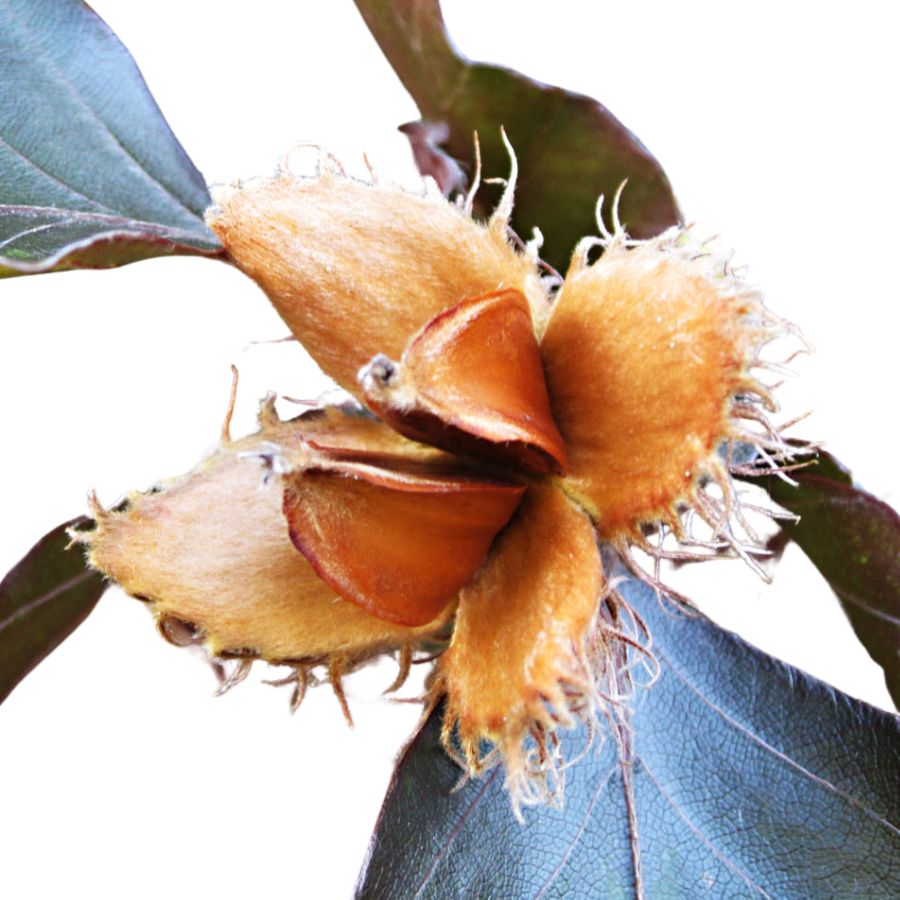
The beech nut is the edible seed of the American beech tree, housed in a bristly husk that splits open to reveal two small, brown nuts. When roasted, the flavor deepens and takes on a nutty richness, almost like mild hazelnut.
You can eat the kernel, but the outer shell should be removed first and raw consumption should be limited due to natural tannins. People usually roast them or grind them into meal to mix with flour.
Chestnut lookalikes have a more rounded, less angular shape and smoother husks, while beech nuts are sharply triangular and sit in spined burrs. That texture is a helpful clue when gathering them.
They’re not commercially valuable because the yield per tree is low and the nuts are tiny, but they’re prized in foraging circles for their flavor and dense nutrition. They contain good amounts of fat and protein, which also makes them useful for wildcraft baking and trail food.
Lion’s Mane (Hericium erinaceus)
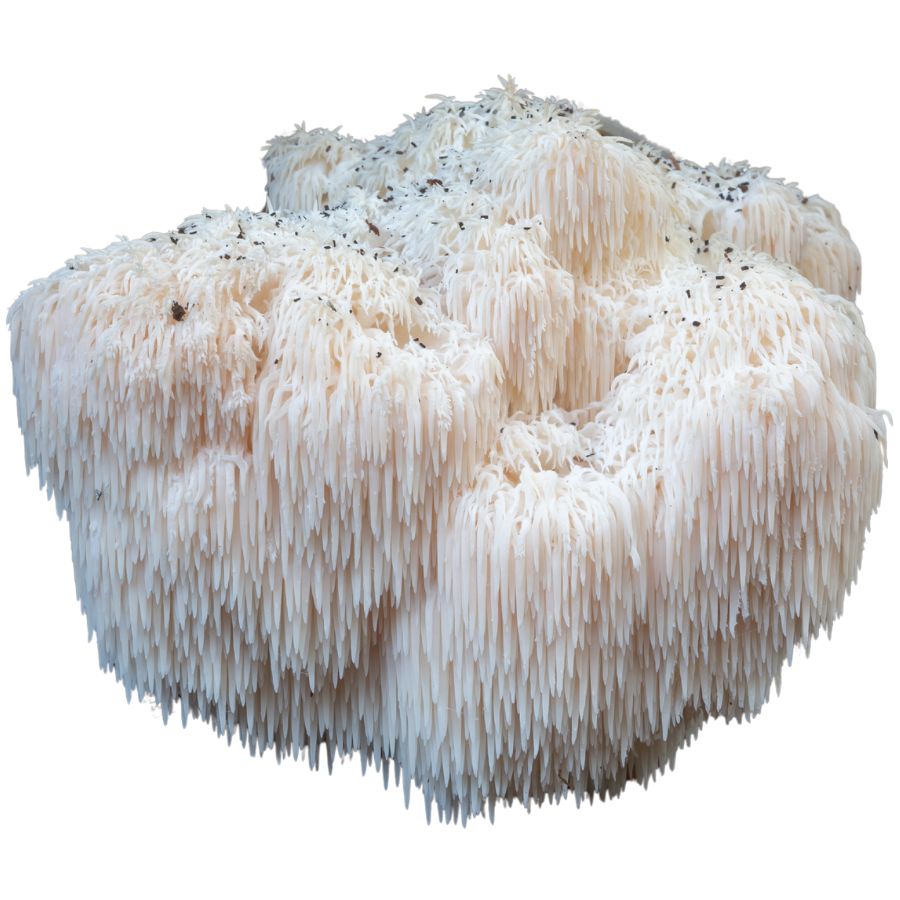
Lion’s mane mushrooms grow in white, shaggy clusters that hang like icicles from hardwood trees. The entire fruiting body is edible and has a soft, meaty texture that’s often compared to crab or lobster.
People value lion’s mane not just for the flavor but for how well it soaks up sauces in stir-fries, soups, or even pan-seared dishes. It’s usually sliced and cooked fresh, though it can be dried and rehydrated without losing much texture.
While it doesn’t have many dangerous lookalikes, some species of toothed fungi like bear’s head or comb tooth can resemble it. Those are also edible, but if a mushroom is discolored, mushy, or growing from the ground instead of wood, skip it.
Fresh lion’s mane sells for a high price at gourmet markets and restaurants because of its short shelf life and culinary demand. Its chewy bite and slightly sweet, nutty taste make it a favorite among chefs and home cooks alike.
Highbush Blueberry (Vaccinium corymbosum)
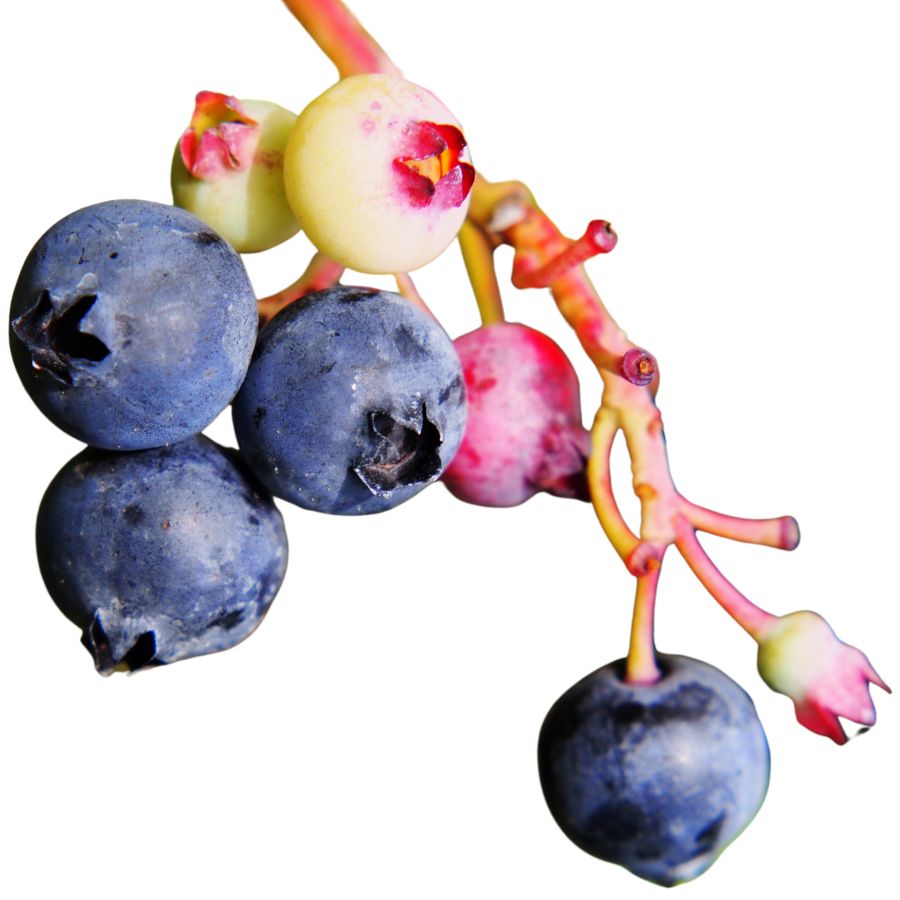
Highbush blueberries grow on shrubs that can reach several feet tall, producing clusters of round, deep blue fruit with a silvery bloom on the surface. The berries are sweet with a bit of tartness and have a firm, juicy texture that holds up well in baking.
The fruit is the only edible part; avoid the leaves and stems, which aren’t used in food and can cause stomach upset in large amounts. These berries freeze well and are commonly made into jams, pies, and sauces.
You might confuse them with berries from buckthorn or Virginia creeper, both of which are toxic and lack the characteristic waxy bloom and five-pointed crown at the berry’s base. Highbush blueberries always have that small crown, which is a key feature to double-check before eating.
Commercially, this plant is valuable due to its large yields and popularity in the food industry, with cultivated varieties generating millions in revenue annually. Even when foraged, the berries are a high-value find because they store well and are in demand.
Chicken of the Woods (Laetiporus sulphureus)
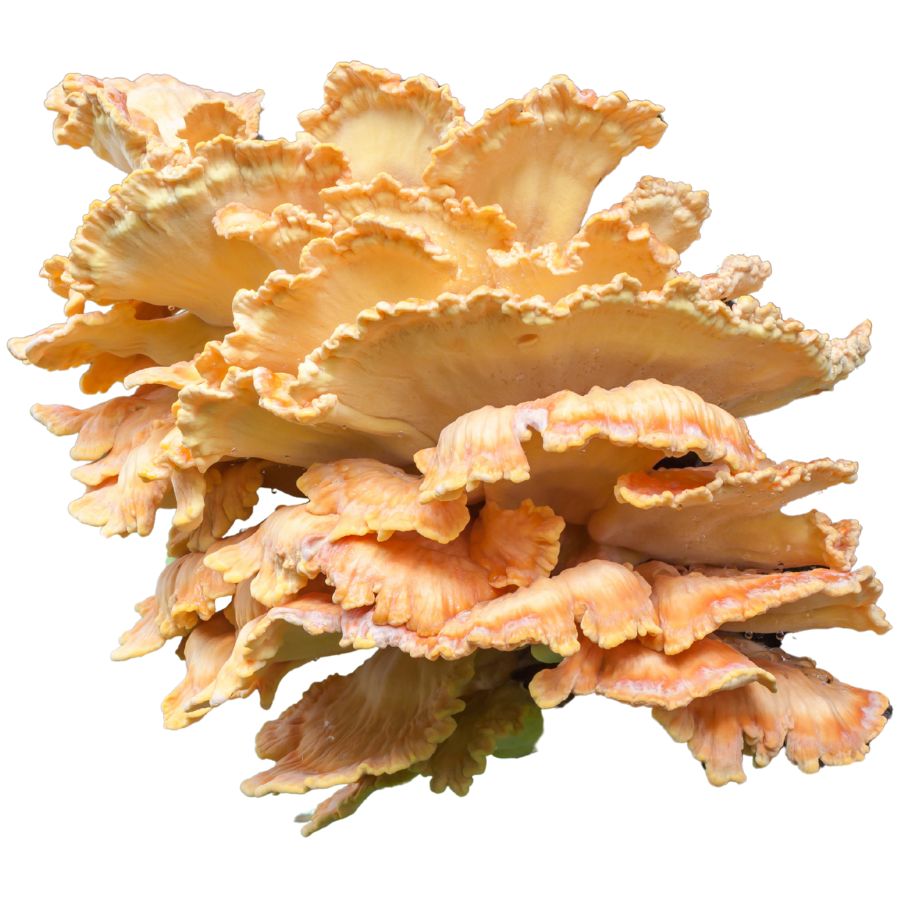
Chicken of the woods, also called sulfur shelf, grows in thick, shelf-like clusters with bright orange tops and yellow undersides. It develops on hardwood trees and fallen logs, forming a dense and slightly spongy mass.
Only the soft outer edges are typically eaten, while the older inner parts become tough and unpleasant. Its texture is meaty and chewy, and many people say it tastes a lot like chicken.
This mushroom doesn’t have gills and instead features tiny pores underneath, which helps separate it from toxic lookalikes like the jack-o’-lantern mushroom. The jack-o’-lantern has gills and glows faintly in the dark, which chicken of the woods does not.
Chicken of the woods is often sautéed, fried, or frozen for later, and can fetch a decent price at markets when fresh and tender. Just be careful—some people have reported mild stomach upset, especially when it’s harvested from conifers.
Jerusalem Artichoke (Helianthus tuberosus)
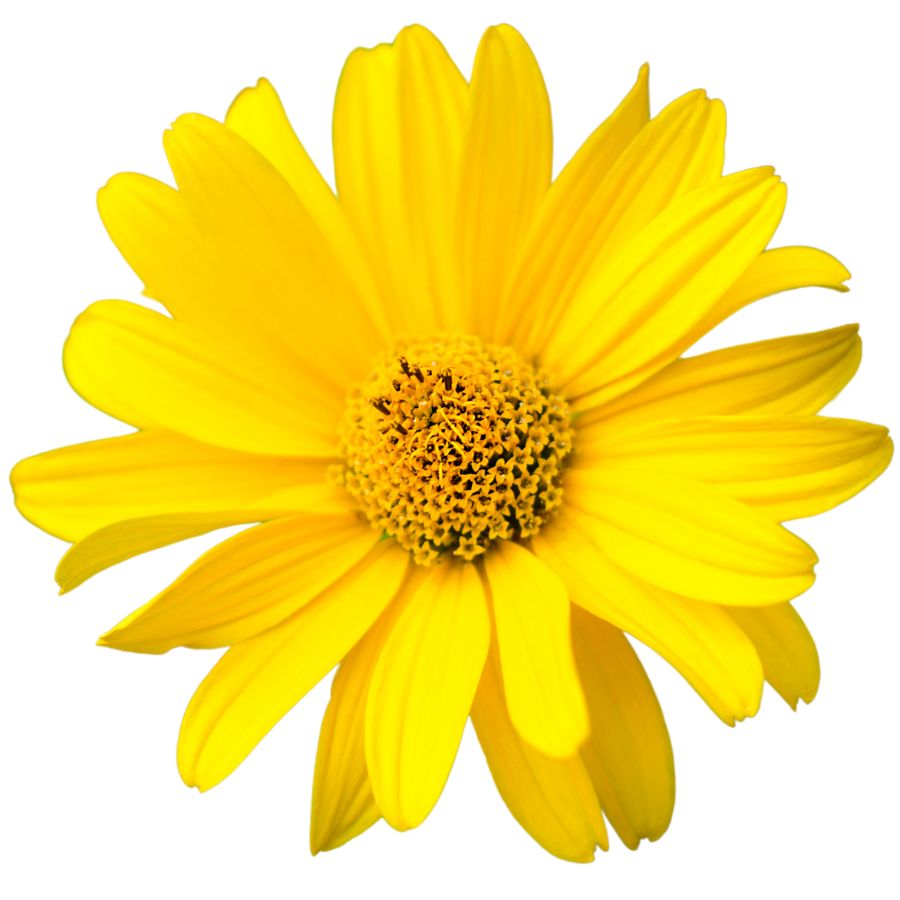
The Jerusalem artichoke is a sunflower relative that grows tall with bright yellow blooms and knobby, potato-like tubers underground. Its underground part is what you eat, while the stems, leaves, and flowers are best left alone.
What makes the tubers interesting is their crisp texture when raw and a nutty, slightly sweet flavor when cooked. They’re often roasted, pureed into soups, or sliced thin for chips.
Some wild sunflowers can look similar, but they don’t form the same type of tubers. If you’re not digging up a bumpy, tan root shaped like ginger, you’re not looking at the right plant.
People value Jerusalem artichokes for their culinary versatility and as a low-starch alternative to potatoes. They sell for a decent price at specialty grocers and farmers markets, especially when freshly dug.
Wild Strawberry (Fragaria virginiana)
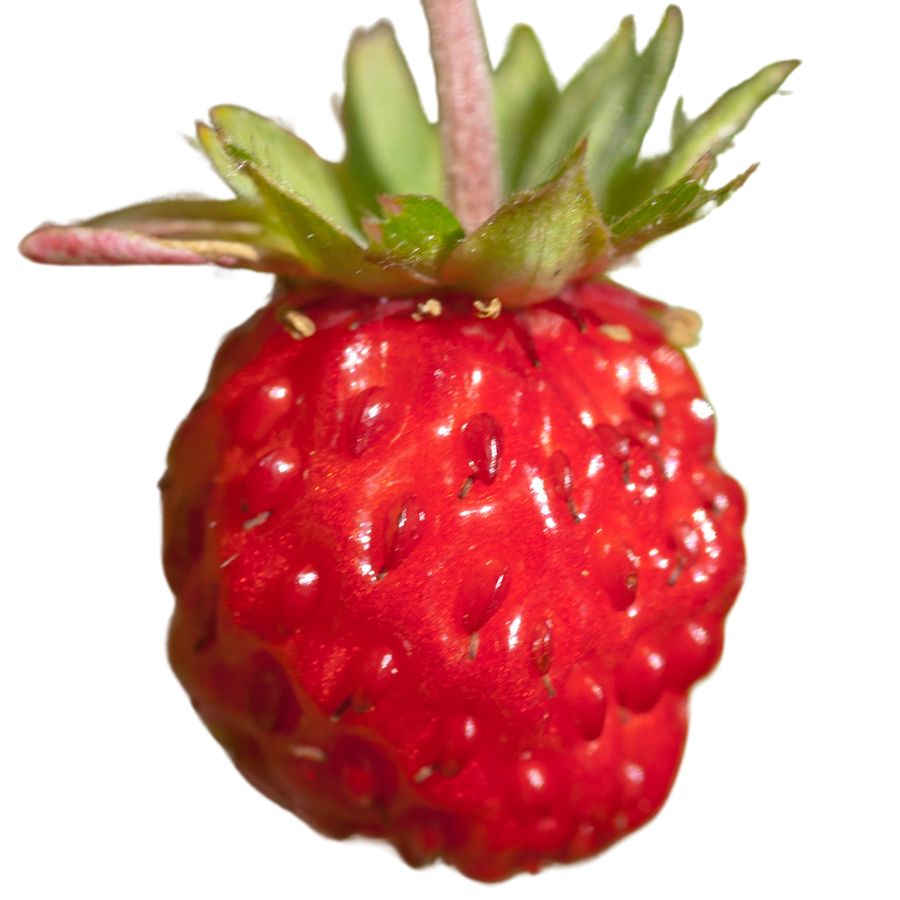
The wild strawberry has five-petaled white flowers and small red fruits that grow close to the ground on thin runners. Its toothed leaves grow in groups of three and are often mistaken for similar-looking plants like mock strawberry, which has yellow flowers and bland, dry fruit.
You can eat the ripe fruit, which has a sweet, concentrated strawberry flavor with a soft, juicy texture. Some people dry or freeze the berries, while others mash them into jam or cook them down into syrup.
The leaves and stems aren’t toxic, but they aren’t typically eaten either. Only the fruit is considered edible and worth harvesting.
Wild strawberries have limited commercial value because they’re small and delicate, but their taste is considered better than many store-bought varieties. That makes them popular in niche markets like gourmet preserves and foraged produce boxes.
Black Cherry (Prunus serotina)
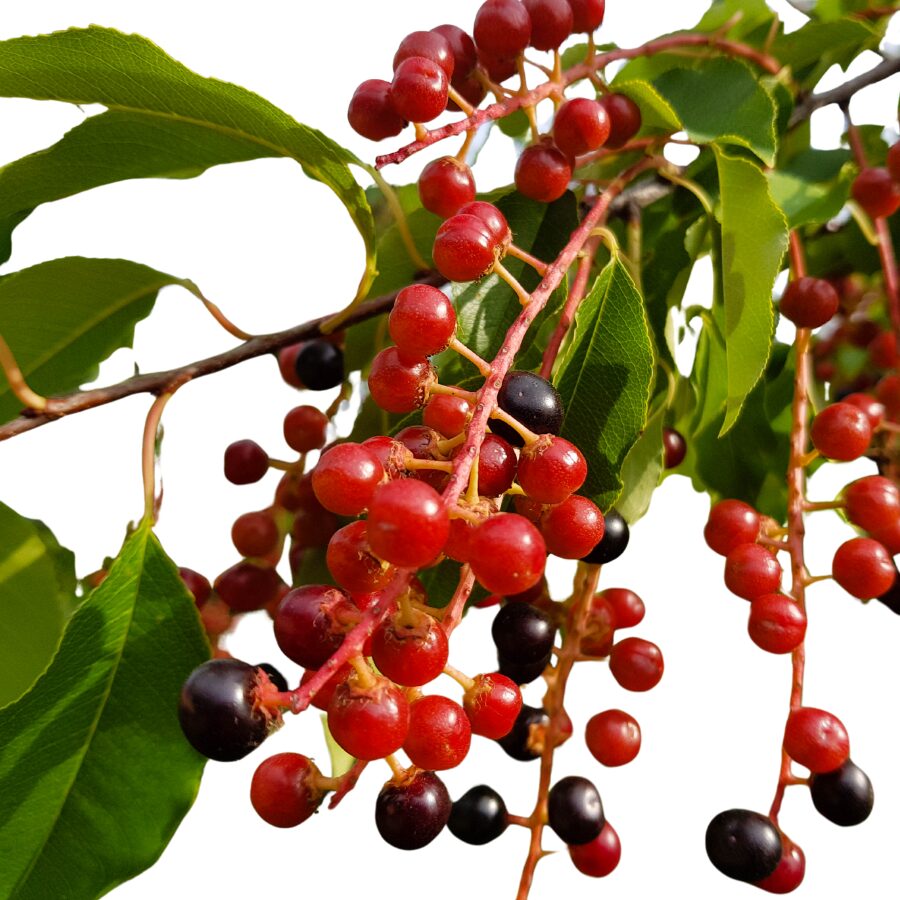
Black cherries are small, glossy, and dark purple to black when ripe, often found in loose hanging clusters. Their raw taste is sharply bitter, but heat transforms the into something much more palatable.
Some foragers mistake these cherries for chokecherry or Carolina laurelcherry, though black cherry leaves are longer and more finely toothed. Only the ripe fruit is safe to eat, and even then, the pits must be removed due to their toxicity.
The fruit is typically simmered into syrup or used as a base for homemade wine and desserts. Its tart profile makes it a good pairing with sugar and spices in traditional recipes.
Black cherry’s greatest value lies in its timber, which is sought after for cabinets and fine woodworking. Still, the fruit has its niche, especially for people making wildcrafted preserves.
Red Raspberry (Rubus idaeus)
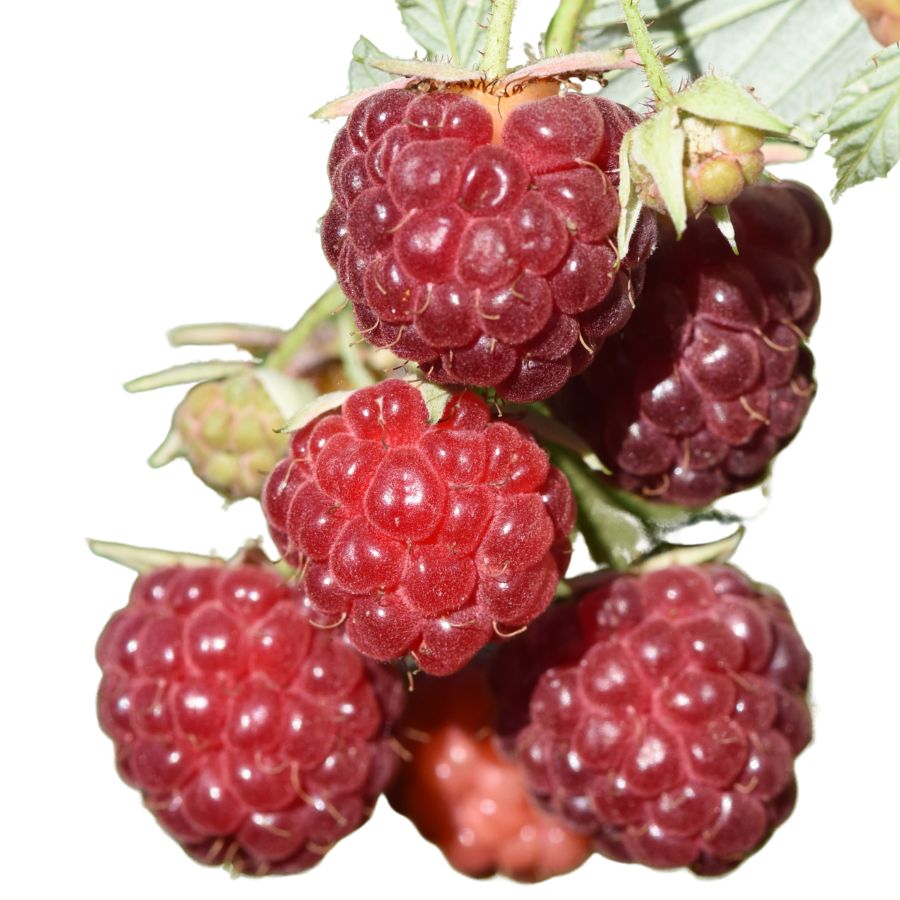
You’ll recognize red raspberries by their soft red drupelets and their hollow shape when picked. The canes are covered in fine prickles, and the leaves are toothed and pale underneath.
People usually eat the berries fresh or turn them into jams, syrups, or desserts. The leaves aren’t edible and are often ignored entirely.
Red raspberries can be mistaken for wineberries, which are more translucent and sticky. Another common mix-up is with black raspberries, which have a solid core and darker color.
They aren’t rare, but they’re still considered a premium fruit in local food markets and can be profitable in small harvests. Their delicate texture makes them harder to store or ship, which adds to their market appeal.
American Cranberry (Vaccinium macrocarpon)
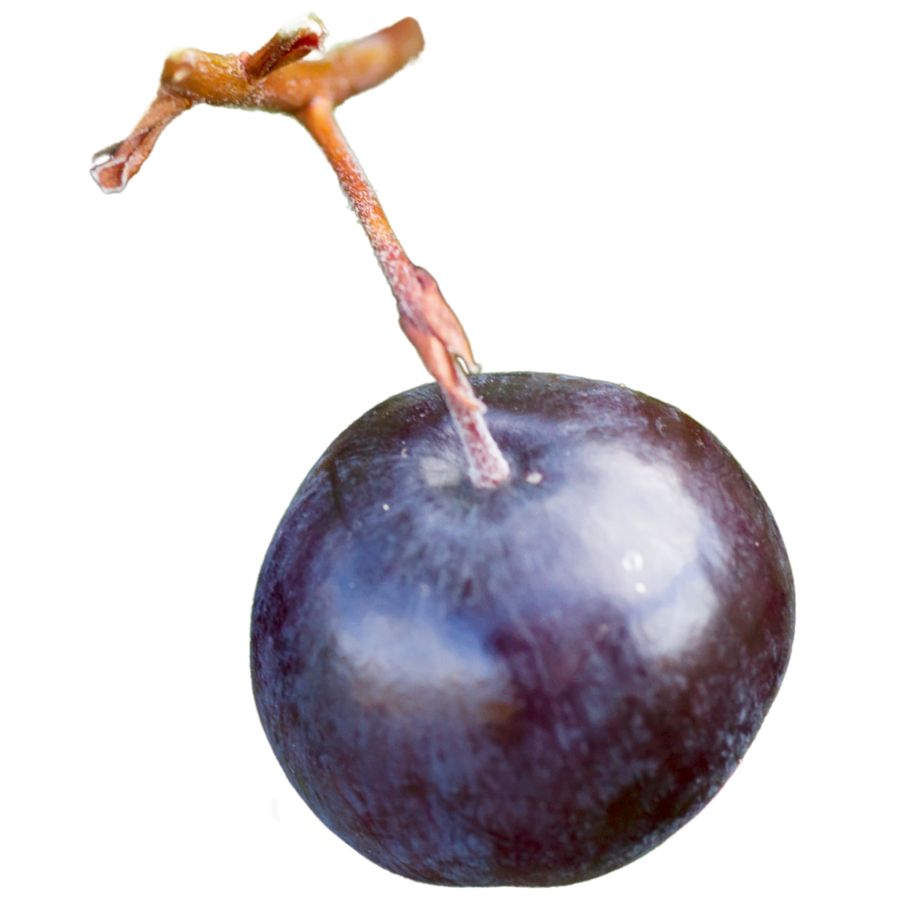
American cranberries grow on low, woody vines and produce small, firm, deep red berries that are tart and glossy. The leaves are tiny, oval, and evergreen, with a leathery feel and smooth edges.
What you’re after are the berries, which can be eaten raw, though most people prefer them cooked into sauces or dried with sweetener. Their sharp, sour flavor and dense texture make them ideal for preserving.
These berries are often mistaken for partridgeberries or bearberries, which are safe but lack the intense acidity and bounce of cranberries. If the fruit feels too soft or has a dull skin, it’s likely not a cranberry.
Cranberries have high market value, especially when dried or turned into juice, and they’re prized for both their shelf life and antioxidant content. The leaves and stems aren’t edible and shouldn’t be consumed.
Japanese Knotweed (Reynoutria japonica)
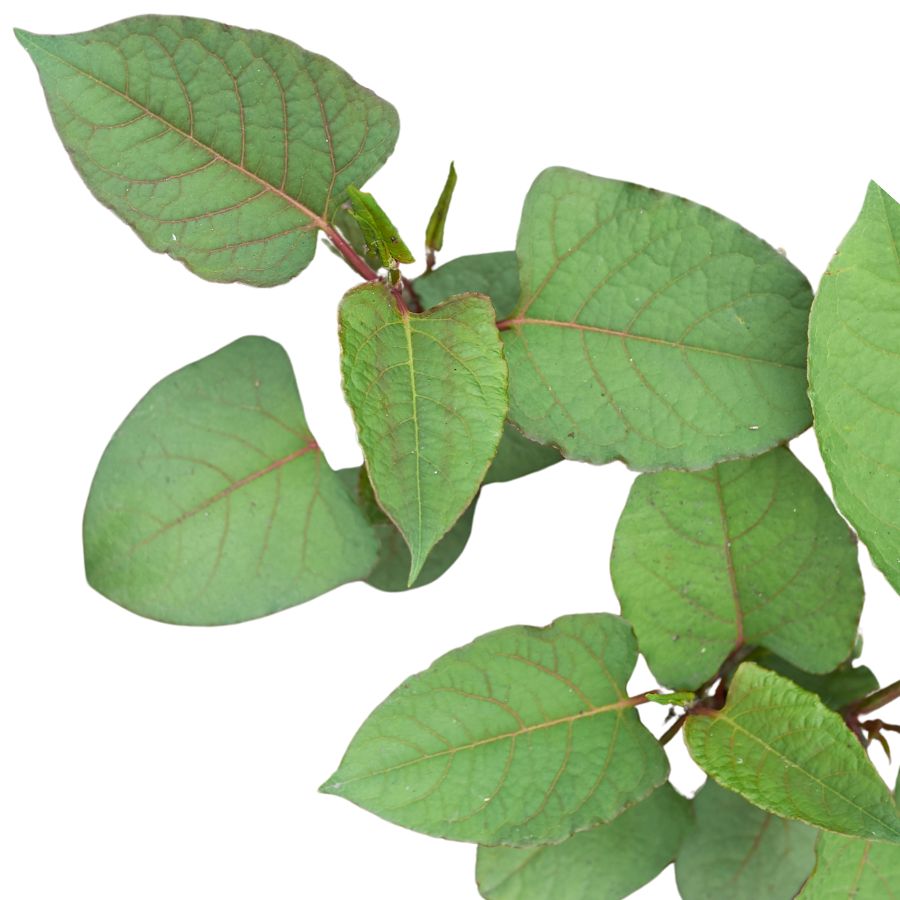
Japanese knotweed, also called fleeceflower or monkeyweed, has hollow, bamboo-like stems with heart-shaped leaves and sprays of creamy white flowers. Its young shoots are edible and taste like rhubarb with a tart, slightly earthy flavor.
You can cook the tender stalks into pies, sauces, or jams, and they’re sometimes fermented or pickled to preserve them. The leaves and mature stems aren’t edible and should be avoided.
It has toxic lookalikes like giant knotweed and smartweed, which don’t have the same edible young shoots or the same tart flavor. Always check for the distinct jointed stem structure before foraging.
Japanese knotweed has some value at farmers markets and in niche culinary circles, but it’s not particularly high in price. Its real appeal comes from its versatility in the kitchen and the novelty of turning an invasive plant into food.
Chicory (Cichorium intybus)
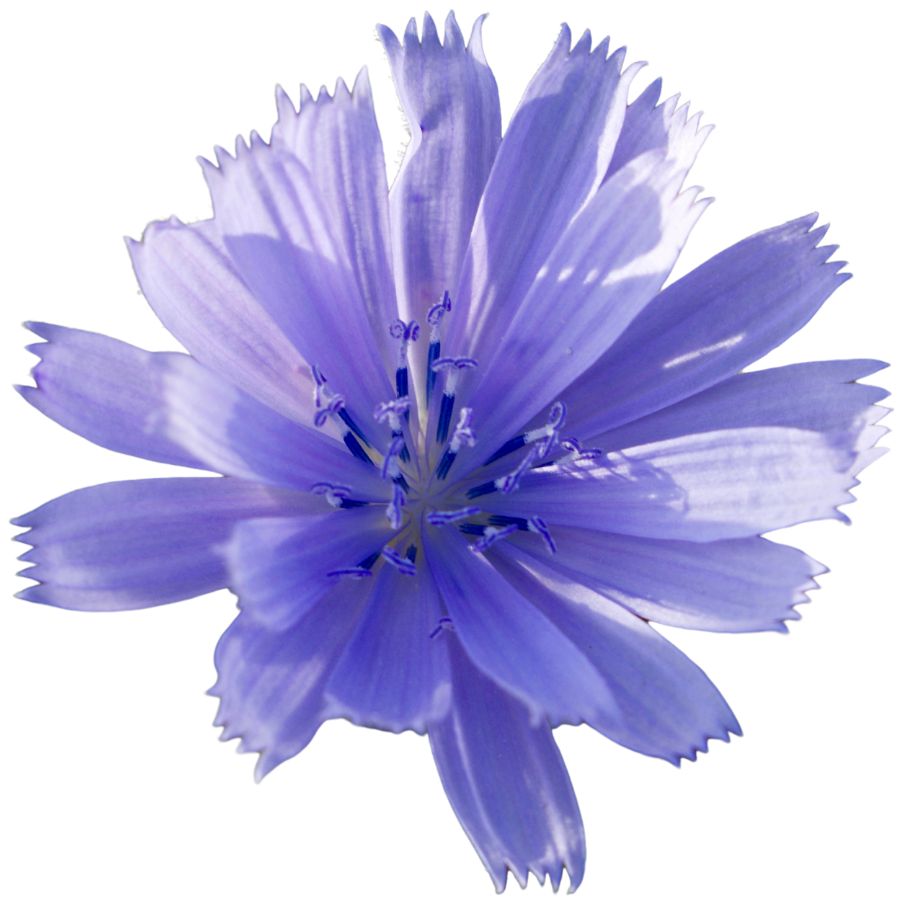
You’ll see chicory growing upright with rough leaves, hairy stems, and bright periwinkle flowers that open in the morning and close by afternoon. Its flowers grow directly from the stem and have squared, flat tips, making them easy to distinguish from similar plants like wild lettuce or dandelion.
The bitter leaves can be eaten raw in small amounts but are much more pleasant when cooked. Sautéing them softens the texture and helps balance the flavor.
Chicory’s taproot is what’s most often harvested, roasted, and ground into a dark powder used in coffee blends. It creates a smooth, slightly smoky drink with an almost caramel-like edge.
The plant isn’t high-dollar by weight, but it has consistent value in specialty food markets. It’s especially appreciated where traditional coffee alternatives are popular.
Where to Find Valuable Forageables in the State
Some parts of the state are better than others when it comes to finding valuable wild plants and mushrooms. Here are the different places where you’re most likely to have luck:
| Plant | Locations |
| Ramp (Allium tricoccum) | – Sleeping Giant State Park – Farmington River Floodplain (Avon) – Kent Falls State Park |
| Ostrich Fern Fiddleheads (Matteuccia struthiopteris) | – Roaring Brook Nature Center (Canton) – Salmon River State Forest – East Haddam Wildlife Management Area |
| Elderberry (Sambucus canadensis) | – Bluff Point State Park – Sherwood Island State Park – Bent of the River Audubon Center |
| Black Walnut (Juglans nigra) | – White Memorial Conservation Center – Naugatuck State Forest – Sleeping Giant State Park |
| Chanterelle (Cantharellus cibarius) | – Meshomasic State Forest – Cockaponset State Forest – Nipmuck State Forest |
| Maitake (Grifola frondosa) | – Salmon River State Forest – American Legion State Forest – Housatonic Meadows State Park |
| Morel (Morchella americana) | – Cockaponset State Forest – Shenipsit State Forest – Nipmuck State Forest |
| Beech Nut (Fagus grandifolia) | – Sleeping Giant State Park – White Memorial Conservation Center – Bluff Point State Park |
| Lion’s Mane (Hericium erinaceus) | – Salmon River State Forest – American Legion State Forest – Meshomasic State Forest |
| Highbush Blueberry (Vaccinium corymbosum) | – Huntington State Park – Bluff Head Preserve – Sleeping Giant State Park |
| Chicken of the Woods (Laetiporus sulphureus) | – Salmon River State Forest – American Legion State Forest – Nipmuck State Forest |
| Jerusalem Artichoke (Helianthus tuberosus) | – Macedonia Brook State Park – Osbornedale State Park – Brant Rock Wildlife Preserve |
| Wild Strawberry (Fragaria virginiana) | – Sleeping Giant State Park – Bluff Head Preserve – Kent Falls State Park |
| Black Cherry (Prunus serotina) | – White Memorial Conservation Center – Cockaponset State Forest – Sleeping Giant State Park |
| Red Raspberry (Rubus idaeus) | – Sleeping Giant State Park – Macedonia Brook State Park – Cornwall Town Forest |
| American Cranberry (Vaccinium macrocarpon) | – Hammonasset Beach State Park – Rogers Lake Bog Preserve – Chatfield Hollow State Park |
| Japanese Knotweed (Reynoutria japonica) | – Salmon River State Forest – Farmington Canal Heritage Trail – Meshomasic State Forest |
| Chicory (Cichorium intybus) | – Shoreline Greenway Trail (Stratford) – Branford Supply Ponds – Sleeping Giant State Park |
When to Forage for Maximum Value
Every valuable wild plant or mushroom has its season. Here’s a look at the best times for harvest:
| Plants | Valuable Parts | Best Harvest Season |
| Ramp (Allium tricoccum) | Leaves, bulbs | April – May |
| Ostrich Fern Fiddleheads (Matteuccia struthiopteris) | Young coiled fronds | April – May |
| Elderberry (Sambucus canadensis) | Flowers, ripe berries | Flowers: June – July Berries: August – September |
| Black Walnut (Juglans nigra) | Nuts | September – October |
| Chanterelle (Cantharellus cibarius) | Fruiting bodies (mushrooms) | July – September |
| Maitake (Grifola frondosa) | Fruiting bodies (mushrooms) | September – November |
| Morel (Morchella americana) | Fruiting bodies (mushrooms) | April – May |
| Beech Nut (Fagus grandifolia) | Nuts | September – October |
| Lion’s Mane (Hericium erinaceus) | Fruiting bodies (mushrooms) | September – November |
| Highbush Blueberry (Vaccinium corymbosum) | Berries | July – August |
| Chicken of the Woods (Laetiporus sulphureus) | Fruiting bodies (mushrooms) | June – September |
| Jerusalem Artichoke (Helianthus tuberosus) | Tubers | October – March |
| Wild Strawberry (Fragaria virginiana) | Berries | May – June |
| Black Cherry (Prunus serotina) | Ripe fruits | July – August |
| Red Raspberry (Rubus idaeus) | Berries | June – July |
| American Cranberry (Vaccinium macrocarpon) | Berries | September – October |
| Japanese Knotweed (Reynoutria japonica) | Young shoots | April – May |
| Chicory (Cichorium intybus) | Leaves, roots | Leaves: April – June Roots: October – November |
One Final Disclaimer
The information provided in this article is for general informational and educational purposes only. Foraging for wild plants and mushrooms involves inherent risks. Some wild plants and mushrooms are toxic and can be easily mistaken for edible varieties.
Before ingesting anything, it should be identified with 100% certainty as edible by someone qualified and experienced in mushroom and plant identification, such as a professional mycologist or an expert forager. Misidentification can lead to serious illness or death.
All mushrooms and plants have the potential to cause severe adverse reactions in certain individuals, even death. If you are consuming foraged items, it is crucial to cook them thoroughly and properly and only eat a small portion to test for personal tolerance. Some people may have allergies or sensitivities to specific mushrooms and plants, even if they are considered safe for others.
Foraged items should always be fully cooked with proper instructions to ensure they are safe to eat. Many wild mushrooms and plants contain toxins and compounds that can be harmful if ingested.

